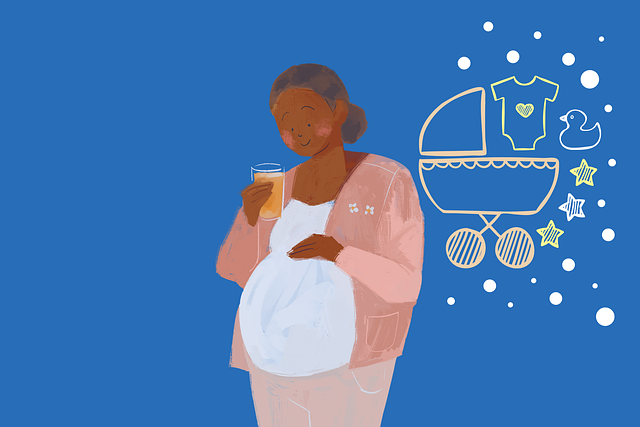After resigning from my previous position to open my home to foster children, two charming boys entered my life just a day later. These siblings, whom I affectionately refer to as Max (age 10) and Sam (age 8), were not only healthy and energetic but also filled with wit and spirit.
Our initial days together revolved around exploration and discovery. They quickly located the most engaging toys and shared their skills in throwing a football. In return, I learned about their favorite snacks, including Takis—a type of rolled corn chip that has become increasingly popular. The first few days were a mutual learning experience.
What brings joy to these new individuals? What triggers their emotions? And how do they react when faced with those triggers? Living with someone unfamiliar can be daunting and unpredictable, and I often pondered what it must feel like for them, entering a new environment with strangers in charge of their routines and decisions.
Despite the uncertainty, Max and Sam seemed to adapt well during our first weekend. They found solace in familiar activities while embracing new ones, as we built intricate structures with Legos, indulged in snacks, and shared laughter. We also tried new foods like avocados, jumped on the trampoline, and sang songs as we bonded as a new family.
However, my husband and I were acutely aware that this initial joy might eventually fade. Like many children in foster care, these boys had experienced significant trauma. Processing such experiences outside of their previous homes can lead to even more distress. The transition into our home, while meant to be loving, inevitably added layers of complexity to their emotional state.
After a couple of days, the boys’ underlying struggles began to surface. Sam exhibited signs of discomfort, battling with his emotions, while Max resorted to physical expressions of his anxiety, ultimately succumbing to tears. In those moments, my husband and I felt helpless, exchanging glances filled with concern as I reassured them, “You’re safe here.” Yet, my husband silently reminded me that their situation was far from okay. Acknowledging the harsh reality of their trauma is sometimes the most compassionate response we can offer.
In the forthcoming weeks, significant decisions loomed regarding their future. Would they remain together, or would they be separated? The options within foster care often seem flawed, filled with heartache that these boys did not deserve, and they are left to navigate these complex feelings for a lifetime.
As I become more acquainted with the realities of foster care, I recognize the stark contrasts in life experiences. My own choices, once perceived as challenging, now seem privileged compared to the struggles Max and Sam face. I find myself yearning for a world where they do not have to worry about who will care for them at night or if they will have the opportunity to grow up alongside one another.
Gradually, I am learning how to be present with them, even amid discomfort. I strive to support them through their difficult emotions and remain with them during this challenging journey.
For further insights on navigating family dynamics, you may find valuable information in our post about the home insemination kit. Additionally, for those exploring fertility options, Couples’ fertility journey can provide guidance. For comprehensive resources on infertility, consider visiting WomensHealth.gov.
In summary, fostering children involves not only joyful moments but also the recognition of their emotional struggles. As caregivers, we must navigate the complexities of their experiences with empathy and understanding.
Keyphrase: Challenges of Foster Care
Tags: [“home insemination kit” “home insemination syringe” “self insemination”]
